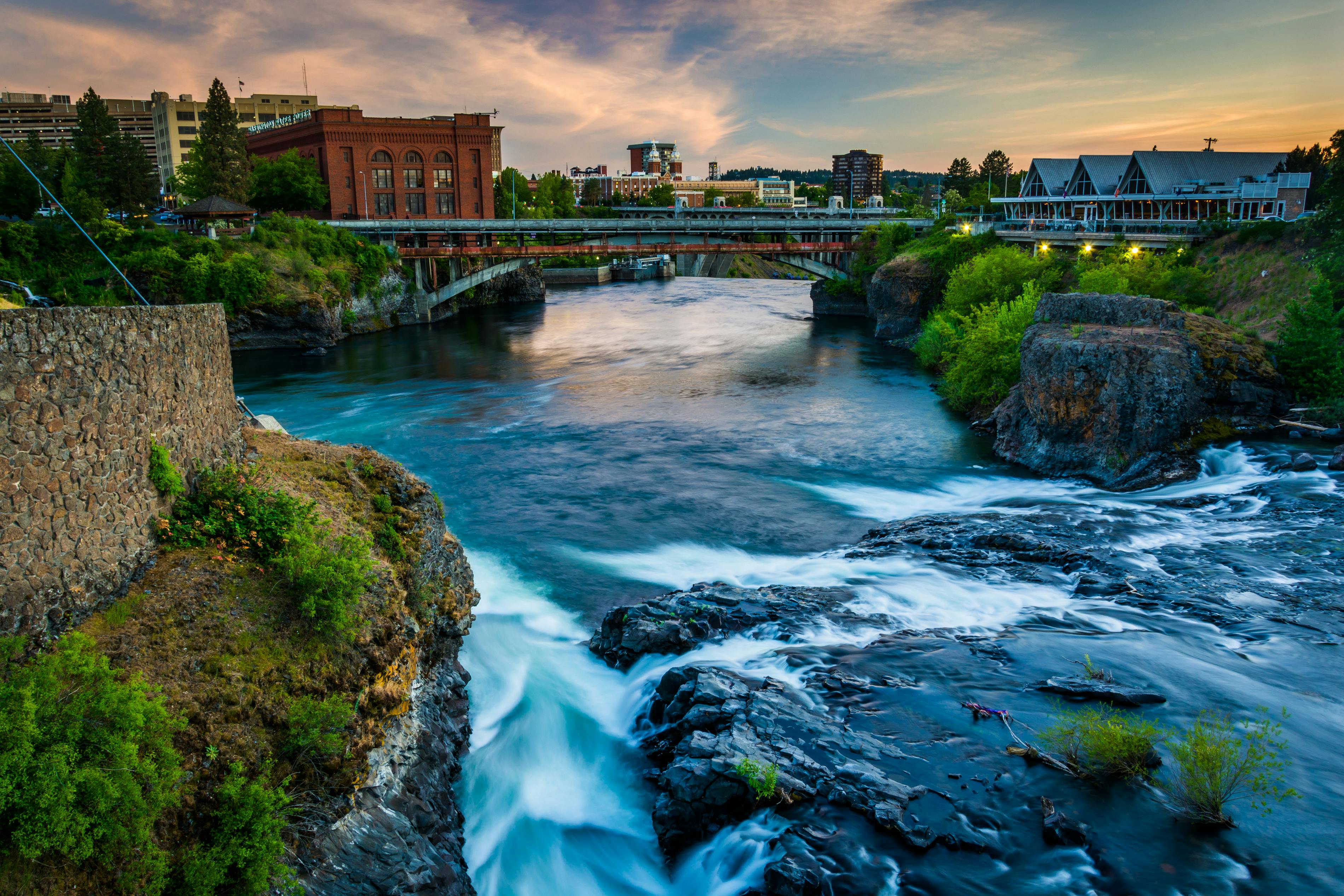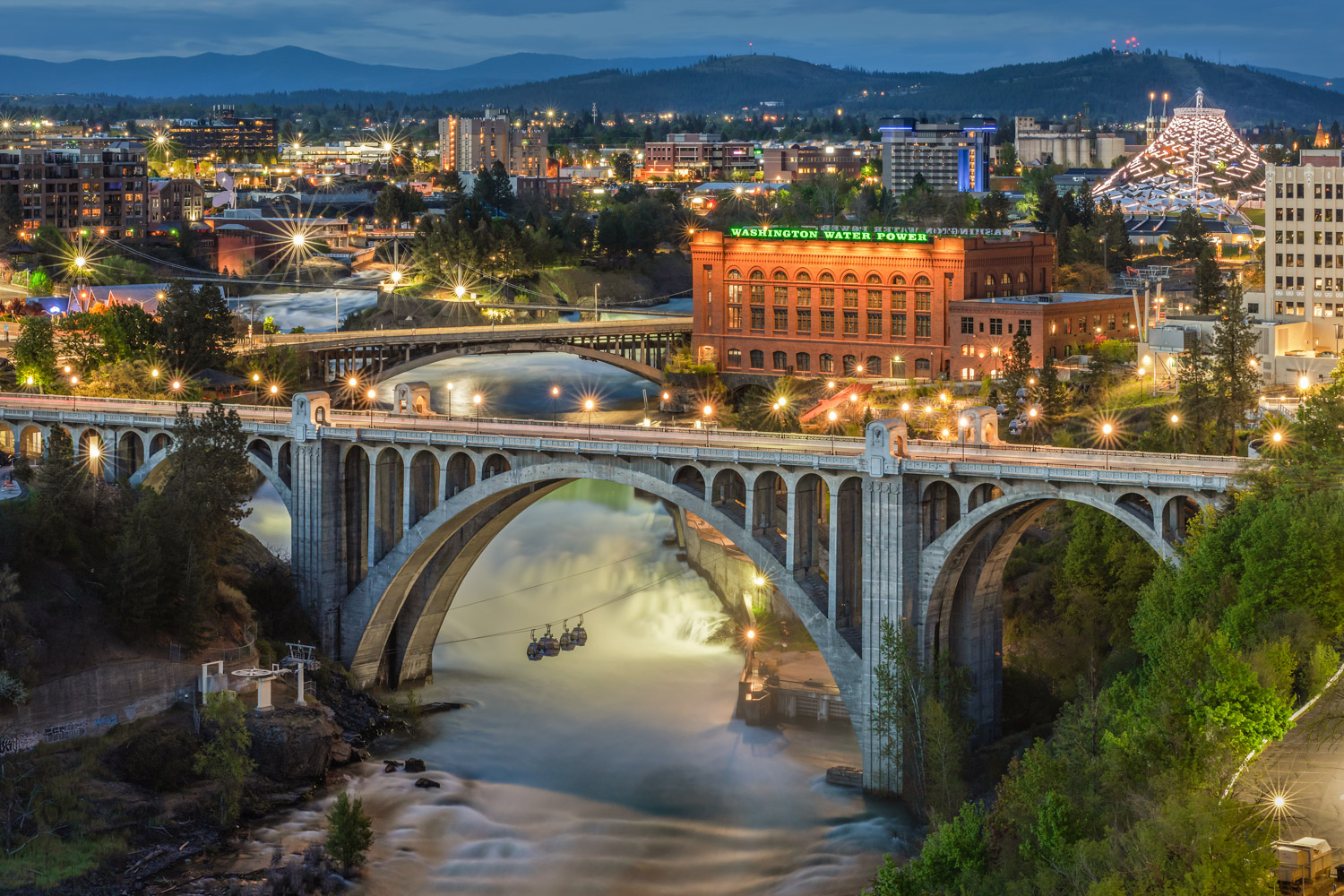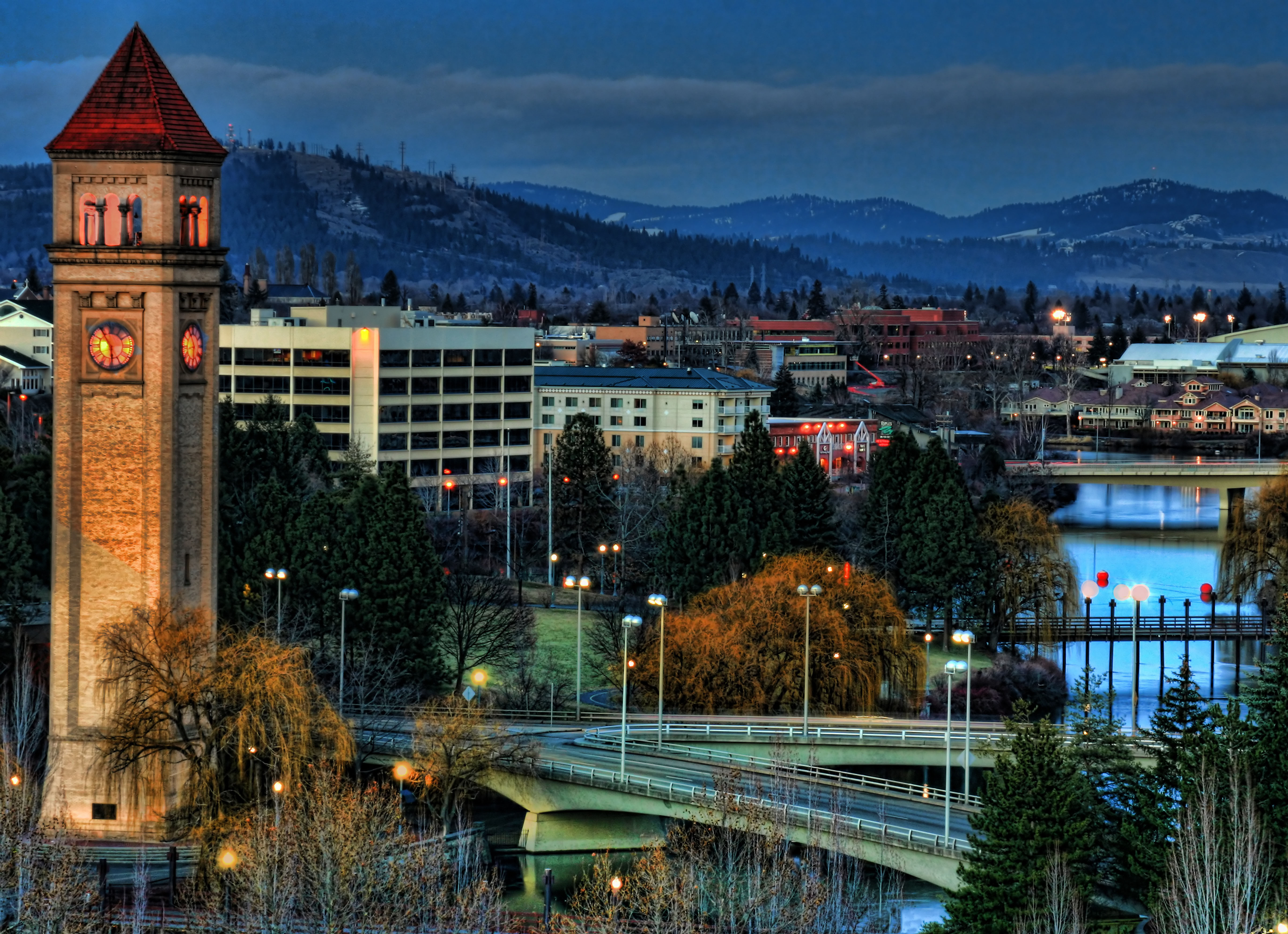
Okay, here is a 1200-word article in journalistic style about the history of the Spokane Tribe, incorporating quotes and interesting facts.
Guardians of the Spokane: A History of Resilience and Rebirth
The Spokane River, a sinuous artery of the Pacific Northwest, has always been more than just water to the Npoqínišcn (Spokane Tribe). For millennia, it has been their lifeblood, their highway, their spiritual center. From the thunderous Spokane Falls to the quiet fishing eddies, the river has witnessed the enduring story of a people deeply intertwined with the land, a narrative of profound resilience, adaptation, and an unwavering commitment to their heritage despite centuries of challenge.

The Original Stewards: A Timeless Connection
For at least 9,000 years, predating the pyramids and the Roman Empire, the Spokane people thrived in their ancestral lands, an expansive territory stretching from the Bitterroot Mountains in the east to the Columbia River in the west, centered along the 111-mile length of the Spokane River. Divided traditionally into three bands – the Upper, Middle, and Lower Spokane – their lives were meticulously woven into the rhythm of the seasons and the bounty of the land.
"Our land is our mother; the river, our lifeblood," an elder might say, echoing generations of oral tradition. This deep reverence for nature was not merely poetic; it was the foundation of their existence. Salmon runs were critical, providing sustenance and spiritual connection. The camas root, gathered in vast meadows, was a dietary staple, carefully harvested and cooked in earthen ovens. Deer, elk, and other game provided protein, while berries, roots, and medicines rounded out their diet. They were not sedentary but moved with the seasons, following food sources, trading with neighboring tribes like the Coeur d’Alene, Nez Perce, and Colville.
Their society was egalitarian, organized around kinship and respect. Storytelling, ceremonies, and traditional dances reinforced their cultural values and passed knowledge from generation to generation. They were known for their skill in fishing, hunting, and basket weaving, and for their sophisticated understanding of the intricate ecosystem they called home. Life was challenging, but balanced, sustainable, and deeply spiritual.
The Dawn of Change: First Contact and New Realities
The early 19th century brought the first tremors of change. Fur traders, primarily from the Hudson’s Bay Company, arrived seeking beaver pelts. For the Spokane, these interactions introduced new goods – metal tools, blankets, firearms – and new ideas. The most significant early influence, however, came with the arrival of missionaries.
One of the most pivotal figures of this era was Chief Spokane Garry (c. 1811-1892). Born a Spokane, he was sent in 1825 by the Hudson’s Bay Company to the Red River Settlement (present-day Manitoba, Canada) to be educated. He learned English, French, and rudimentary farming techniques, and was introduced to Christianity. Upon his return, Chief Garry became a bridge between two worlds, advocating for education and new agricultural methods for his people, believing adaptation was key to survival.
He encouraged his people to adopt farming, even building a small church and school near Spokane Falls. His efforts brought a period of relative peace and prosperity, as the Spokane learned to cultivate crops and trade effectively. However, the contact also brought devastating diseases like smallpox and measles, to which Native populations had no immunity, decimating their numbers and weakening their social fabric.

The Era of Displacement and Resistance: A Struggle for Land
The mid-19th century saw a dramatic shift from trade and cautious interaction to outright encroachment. The California Gold Rush in 1849, followed by discoveries in Idaho and British Columbia, sent a flood of prospectors and settlers into the Pacific Northwest. This influx of non-Native populations placed immense pressure on the Spokane’s traditional lands.
Unlike many tribes in the region, the Spokane Tribe never signed a treaty with the United States government ceding their aboriginal lands. This crucial fact meant their territory was never legally extinguished, though it was progressively taken through executive orders, homesteading, and military force. This lack of a treaty remains a point of historical grievance and a foundation for modern land claims.
As settlers poured in, conflicts escalated. Chief Garry, ever the diplomat, tried to negotiate, advocate for peace, and protect his people’s shrinking territory. He urged his people to avoid war, recognizing the overwhelming power of the U.S. military. Yet, peace was often elusive.
In 1858, tensions erupted into the Coeur d’Alene War, also known as the Spokane War. Native American forces, including Spokane warriors, achieved a notable victory against Colonel Edward Steptoe’s troops near Rosalia, Washington. However, this triumph was short-lived. Colonel George Wright led a punitive expedition later that year, devastating Native villages and destroying food caches in what became known as the Battle of Four Lakes and the Battle of Spokane Plains. Wright’s forces, equipped with modern artillery, were overwhelming. Following these battles, Wright ordered the slaughter of over 800 Native horses, a devastating blow to the tribes’ mobility and way of life.
Chief Garry, despite his efforts for peace, was increasingly marginalized by both his own people, who saw his diplomacy as weakness, and the U.S. government, which disregarded his authority. By the 1870s, the Spokane were facing immense pressure to relocate.
Finally, in 1881, the Spokane Reservation was established by Executive Order, a fraction of their original territory, located in a less desirable area primarily in what is now Stevens County, Washington. It was a stark and painful reduction from a vast, resource-rich homeland to a small, isolated tract.
The Long Winter of Assimilation: Losing What Was Cherished
The reservation era ushered in a period of intense cultural suppression. The U.S. government’s policy was one of forced assimilation, aiming to "kill the Indian, save the man." Traditional lifeways were actively discouraged, ceremonies outlawed, and the Spokane language, Npoqínišcn, systematically targeted.
Perhaps the most damaging aspect of this era was the establishment of boarding schools. Spokane children were forcibly removed from their families and sent to institutions like the Cushman Indian School or the Fort Spokane Indian Boarding School. There, they were forbidden to speak their language, practice their religion, or wear traditional clothing. They were given new names, forced to cut their hair, and subjected to harsh discipline.
"My grandmother told me stories of the loneliness, the fear," shared a contemporary Spokane tribal member during a cultural event. "They were taught to be ashamed of who they were. It broke families, it broke spirits." The intergenerational trauma from this period continues to affect Spokane families today.
The Dawes Act of 1887 further fragmented tribal lands, allotting individual parcels to tribal members and opening up "surplus" land to non-Native settlers. This policy further eroded the communal land base and traditional social structures. Poverty became widespread, and the Spokane people endured decades of hardship, their rich culture pushed to the brink of extinction.
The Journey Home: Reclaiming Sovereignty and Culture
The mid-20th century marked a turning point. Inspired by the broader Civil Rights Movement and a growing national awareness of Native American issues, the Spokane Tribe, like many others, began a concerted effort to reclaim their sovereignty and cultural identity. The Indian Reorganization Act of 1934, though imperfect, provided a framework for tribes to establish their own constitutional governments.
The Spokane Tribe reorganized, establishing their own tribal council and government structures. This was a critical step towards self-determination, allowing them to manage their own affairs, pursue economic development, and provide essential services to their members.
A pivotal moment in their economic resurgence was the establishment of the Chewelah Casino (now Spokane Tribe Casino). Located off-reservation in Airway Heights, near Spokane, it opened in 1998 (with a new larger facility in 2017). This enterprise provided much-needed revenue for tribal programs, including healthcare, education, elder care, and housing. It was a tangible symbol of their economic independence and a pathway to self-sufficiency.
Alongside economic growth came a profound resurgence in cultural revitalization. Language immersion programs are working tirelessly to teach Npoqínišcn to younger generations, recognizing that language is the heart of their identity. "Our language is the heartbeat of our people," a Spokane language instructor emphasized. "It connects us to our ancestors, to our land, to our way of thinking." Traditional arts, basket weaving, storytelling, and ceremonies are being revived and celebrated, ensuring that the wisdom of the elders is passed on. Powwows and cultural gatherings serve as vital community events, reinforcing tribal pride and unity.
Guardians of Tomorrow: Contemporary Challenges and Enduring Spirit
Today, the Spokane Tribe faces a complex array of contemporary challenges, often stemming from historical injustices. The Spokane River, once pristine, has suffered from decades of industrial pollution, particularly from the downstream effects of mining operations. The tribe has become a fierce advocate for the river’s cleanup and restoration, working with state and federal agencies to address the legacy of contamination and ensure the health of their ancestral waters.
The construction of Grand Coulee Dam in the 1940s, and other dams along the Columbia River system, devastated salmon runs, a catastrophic loss for the Spokane people’s traditional diet and spiritual practices. The tribe continues to advocate for salmon reintroduction and mitigation efforts to restore this vital resource.
Despite these ongoing struggles, the Spokane Tribe is a vibrant, forward-looking nation. They operate their own health clinic, schools, police force, and social services. They are engaged in sustainable resource management, renewable energy initiatives, and continue to build a diversified economy. They actively participate in regional and national dialogues on Native American rights, environmental justice, and cultural preservation.
The Spokane Tribe’s story is not merely one of survival, but of profound endurance, an unyielding connection to their ancestral lands, and a powerful reclamation of their identity. From the ancient fishing camps to modern tribal enterprises, their narrative is a testament to the strength of the human spirit and the enduring power of a people determined to protect their heritage and shape their own future, guided by the wisdom of their ancestors and the timeless flow of the Spokane River. The echoes of their history resonate not as a lament, but as a living testament to their resilience, their sovereignty, and their unwavering spirit as the guardians of the Spokane.


